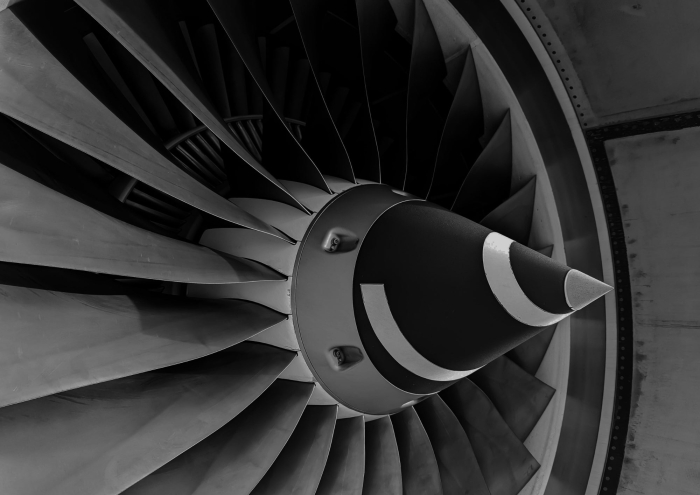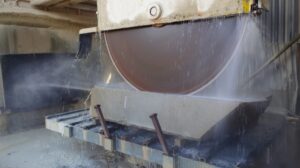Finch Consulting has extensive expertise and experience in the field of Asset Management and will ensure the continuity of operations, safeguard employees and customers and preserve valuable business assets through the adoption of asset management principles.
PUWER Applications in Aviation
The Provision and Use of Work Equipment Regulations 1998 (PUWER) are applicable in a variety of applications in the aviation industry, such as:
- Ground operations: Equipment like baggage handling systems, aircraft towing vehicles, refuelling rigs, and maintenance tools must comply with PUWER.
- Maintenance and engineering: Tools and machinery used in aircraft maintenance (e.g., jacks, hoists, diagnostic equipment) are subject to PUWER.
- Airside safety: Mobile equipment such as service vehicles and power presses used in hangars or on the apron must meet PUWER standards.
- Training and inspection: Aviation employers must ensure that staff using equipment are trained and that equipment is regularly inspected and maintained.
Compliance within Aviation
Aircraft maintenance organisations (e.g. those holding Part 145 approval under UK CAA regulations) must comply with PUWER alongside aviation-specific rules. To comply, organisations must:
- Conduct risk assessments for all equipment.
- Ensure regular inspections by a competent person.
- Maintain equipment logs and service records.
- Provide training for all equipment users.
- Integrate PUWER compliance into broader aviation safety management systems. For example:
- Safety Management Systems (SMS)
- CAA oversight and audits
- Maintenance performance initiatives, like those outlined in CAA’s Safety Plan [caa.co.uk]
As well as the PUWER regulations, aircraft maintenance organisations must adhere to the Lifting Operations and Lifting Equipment Regulations 1998 (LOLER), Control of Substances Hazardous to Health 2002 (COSHH), Dangerous Substances and Explosive Atmospheres Regulations 2002 (DSEAR) and other regulations as applicable. These regulations, although separate relate to each other closely in the aviation sector. For example, an aircraft jack would be inspected under PUWER but as they are lifting equipment would also need to be inspected under LOLER. COSHH focuses on substance risk, while PUWER ensures the equipment handling those substances is safe. DSEAR mandates risk assessments and controls for explosive atmospheres; PUWER ensures the equipment used in those areas is maintained to prevent ignition sources.
Reducing Maintenance-Induced Errors
The UK Civil Aviation Authority (CAA) has identified maintenance errors as a key safety risk. PUWER helps mitigate this by:
- Ensuring equipment is fit for purpose
- Promoting safe working practices
- Supporting human factors and fatigue risk management
Understanding the Difference Between a PUWER Assessment and a PUWER Inspection
Two key activities that support this duty are PUWER Assessments and PUWER Inspections, each serving distinct but complementary purposes.
Carrying out a PUWER Assessment is essential for several reasons, all rooted in ensuring the safe and compliant use of work equipment in the workplace. A PUWER Assessment carried out by Finch will review the requirements set out in PUWER Regulations 4 through to 24 ensuring a safe and compliant working environment.
PUWER Assessment
A PUWER Assessment is a comprehensive evaluation of work equipment to identify potential risks and determine appropriate control measures. It considers factors such as the equipment’s suitability for the task, its condition, how it is used, and the environment in which it operates.
A PUWER assessment is typically conducted:
- Before introducing new equipment into the workplace.
- When there are changes to processes or working conditions.
- Periodically, as part of an organisation’s risk management strategy.



